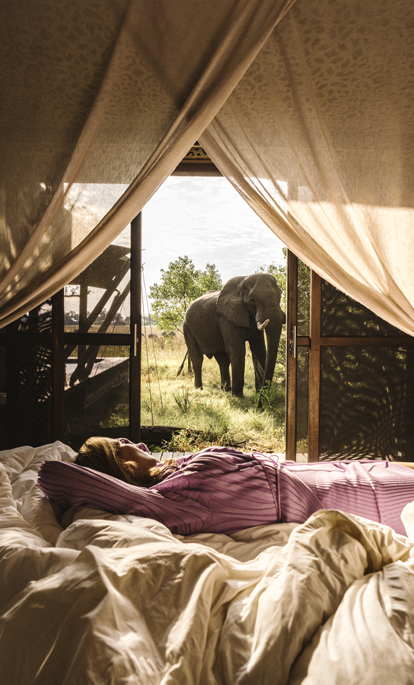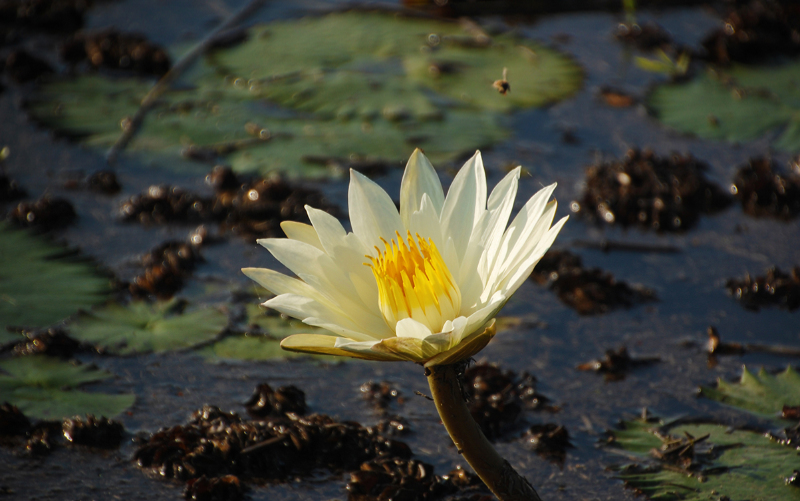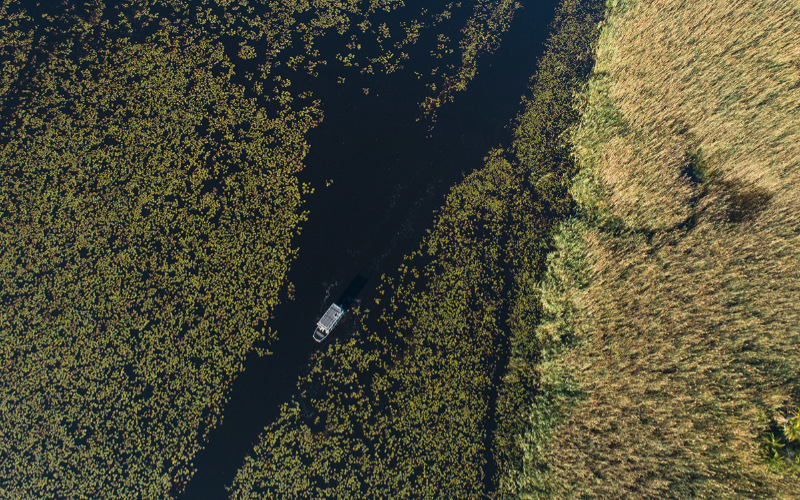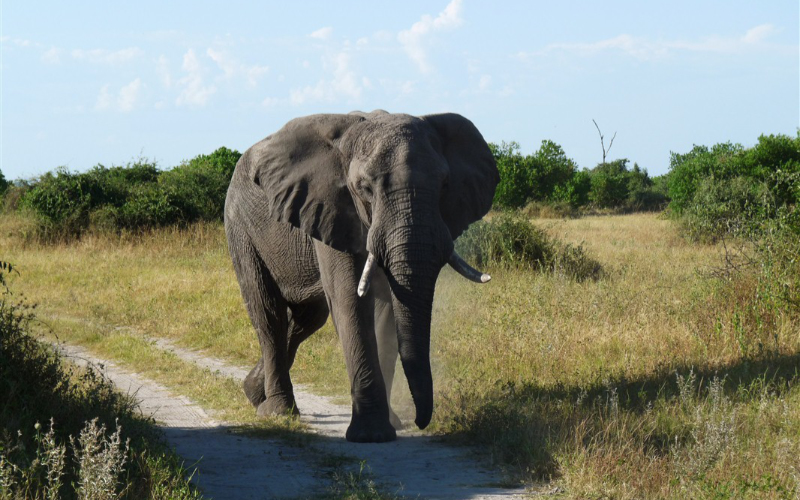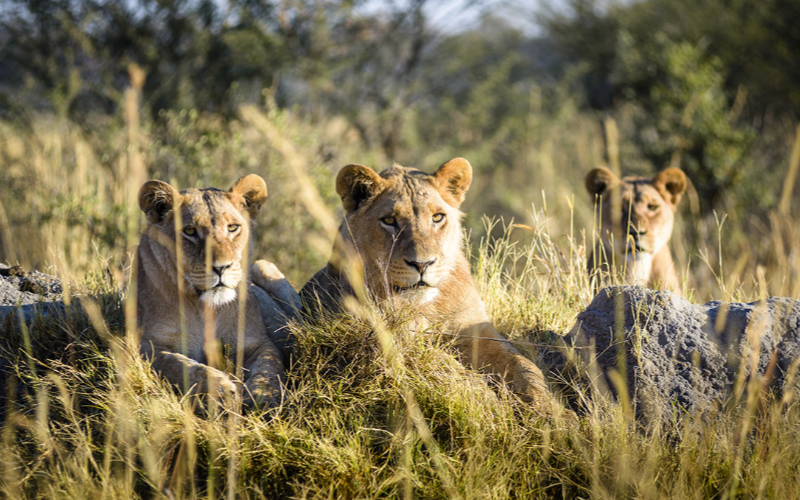The landlocked, southern African nation of Botswana has a varied terrain that includes desert (the Kalahari covers over 70% of its territory), salt pans and a mighty delta. Botswana enjoys two main seasons: winter, between April and October, and summer, from November to March. Winters boast warm, sunny days with very cool nights, while summers are largely characterised by sweltering temperatures, heavy showers and thunderstorms. So when is the best time to visit Botswana? It depends on what you’re most interested in experiencing. Budget-conscious travellers, avid birdwatchers and photographers can find much to enjoy in the hot, wet summers. In contrast, the dry winter is best for traditional game viewing, clear skies and optimal temperatures. Discover our month-by-month breakdown of Botswana’s climate below.
Gaborone
Gaborone is the capital of Botswana, located to the south of the country. It has a semi-arid steppe climate, experiencing rains throughout the year (but only approximately 18 inches in total). The average temperature is 20°C. The hottest month is January, averaging about 25°C, and July is the coolest, at only 12°C. November to February are the wettest months (although the variations are not too striking). Between June and August, it hardly rains (less than 0.12 inches fall).
The Kalahari Desert
The Kalahari Desert occupies a vast part of Botswana. This is one of the driest regions in the world, but it still has a rainy season. While the dry season lasts around eight months, the wet season varies between only one and four months, however. Surprisingly, this region is rich in vegetation. The southwest part is the driest, but in the north and east, there are large forests and savannahs with more than 20 inches of rainfall. In winter, the climate is semi-arid. Swept by the tropical Sahelian climate (crossing West Africa from west to east), winter temperatures remain cool. The Kalahari Desert has cooler temperatures than other deserts, such as the Sahel or Sahara, due to its 2,000ft to 5,000ft altitude. Between June and August, nights can often be frosty. Thanks to its altitude, the Kalahari Desert also has warm (but bearable) summer months, when temperatures rarely exceed 29°C. The best time to discover the desert is just after the rainy season when roads are usable again, and temperatures are pleasant.










